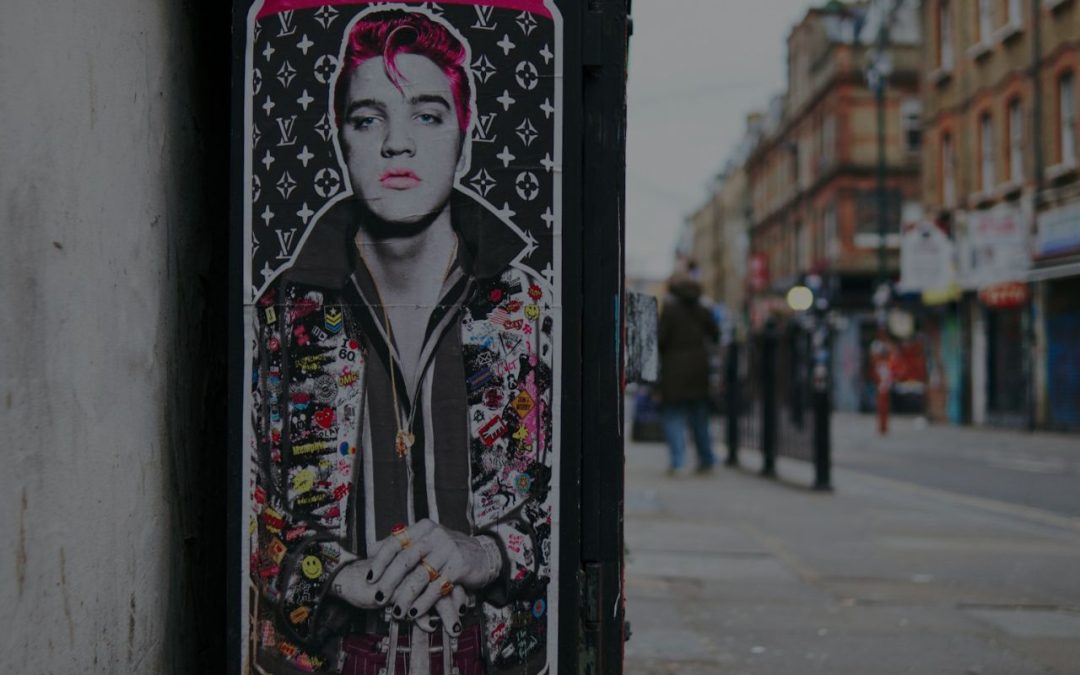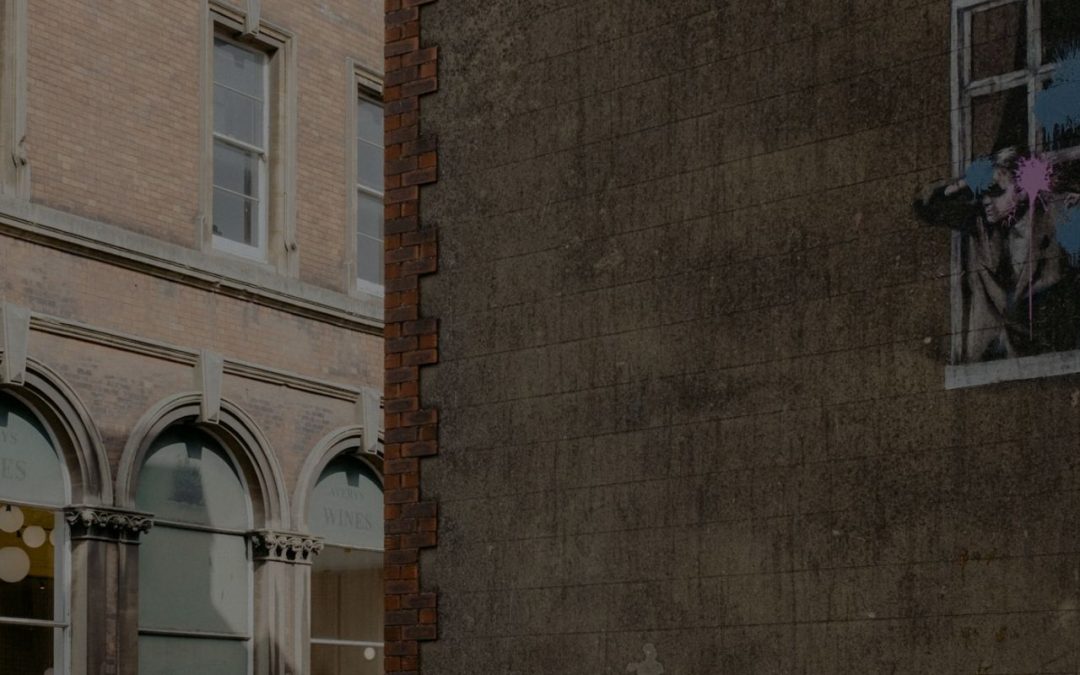‘I see (the defendants) as vulgar, anti-establishment, antisocial and unpragmatic, but none of those things are indictable’ – Robert Schultz (Prosecutor), The Trial of Chicago 7.
After its release on Netflix, The Trial of the Chicago 7 was the second-most watched movie on the streaming service. And it’s no wonder why – this legal drama is so jam-packed with history, colourful characters and systematic bias that it somehow makes your blood boil and causes you to stifle laughter at the same time. In this blog we’re focusing on something that the defendants in this trial were denied, but which anyone who encounters the legal system should be given: a fair go.
Plot Synopsis
The movie follows the trial of seven defendants: Abbie Hoffman, Jerry Rubin, Tom Hayden, Rennie Davis, David Dellinger, Lee Weiner and John Froines. (Initially Bobby Seale, a co-founder of the Black Panther Party, was the eighth defendant in the case.) The defendants were arrested for their role in planning the protests at the Democratic National Convention in Chicago in 1968 and charged with crossing state lines to incite violence and for conspiracy to do so.
The defendants’ case was lost from the beginning. Judge Julius Hoffman, who presided over the case, consistently demonstrated bias against the defendants – striking the defence lawyer’s cross-examinations from the record, removing sympathetic jurors and prohibiting the jury from hearing testimony from key witnesses. The film concludes without delivering a verdict, but history tells us that the 7 were found not guilty of conspiracy, while five of the defendants (all but Weiner and Froines) were found guilty of crossing state lines to incite a riot. Judge Hoffman also sentenced each of the defendants and their lawyers to jail time for contempt of court.
In 1972 the United States Court of Appeals for the Seventh Circuit overturned all the convictions, on the basis that Judge Hoffman demonstrated bias.
Legal Issues
- A fabricated charge
After the Convention, President Johnson’s Attorney General (Ramsey Clark) discouraged an indictment, concluding that the violence during the Convention was initiated by the Chicago Police. When Nixon took office, and John Mitchell became the Attorney General, the narrative conveniently changed to suit an indictment. In short: these men were never guilty of what they were charged with, until a political power decided it was time to make an example of them.
- Judge Hoffman’s bias
Aside from this fabricated charge against the defendants, the biggest concern is Judge Hoffman’s bias. Hoffman, who was later withheld from presiding over cases due to acting abusively and erratically, ruled consistently in the prosecution’s favour and effectively prevented the defendants from a fair trial. The stand-out example is Hoffman’s treatment of defendant Bobby Seale.
- Judge Hoffman’s treatment of Bobby Seale
It’s not clear (legally) why Bobby Seale was tried at all. Seale did not take part in the protests. As for the claim that he had committed conspiracy with his co-defendants, Seale had never met most of those defendants before the trial.
When the trial began, Seale’s lawyer Charles Garry was in hospital undergoing gallbladder surgery. A motion was made to delay the trial until Garry was fit to represent Seale, and was denied. Seale entered the courtroom without legal representation. Judge Hoffman maintained that Seale could use William Kunstler as his attorney (Kunstler represented the other defendants). Seale, who wanted to make clear the distinction from his actions and the other defendants, refused Kunstler’s representation. He argued instead to represent himself – which Judge Hoffman denied. The trial continued without any legal representation for Seale, who was eventually bound and gagged to his seat for his continual attempts to represent himself.
That’s right. Judge Hoffman actually ordered that Seale was bound and gagged when all Seale was trying to do was enact a fair trial. Eventually, after pressure from both the prosecution and the defence, Judge Hoffman severed Seale’s case from the others, declaring it a mistrial.
Key Takeaways
There’s also a lot viewers can take away from The Trial of the Chicago 7. Outrage and frustration at a fundamentally corrupt justice system, shock at the glaring racism that underpins the trial, and concern over the parallels between 1968 America and the Western world in 2020.
For us, the movie highlights a simple fact of our legal system: everyone deserves a fair go. This means a chance to have legal representation (note that in Australia defendants are not entitled to legal representation, though efforts should be made to ensure access to a lawyer), a chance for defence lawyers to make their case, and judges who respect due process and the right to a fair trial.
For assistance with a criminal law matter, contact Green & Associates on +1 (02) 8080-7585 so we can help advise you of the best course of action.




